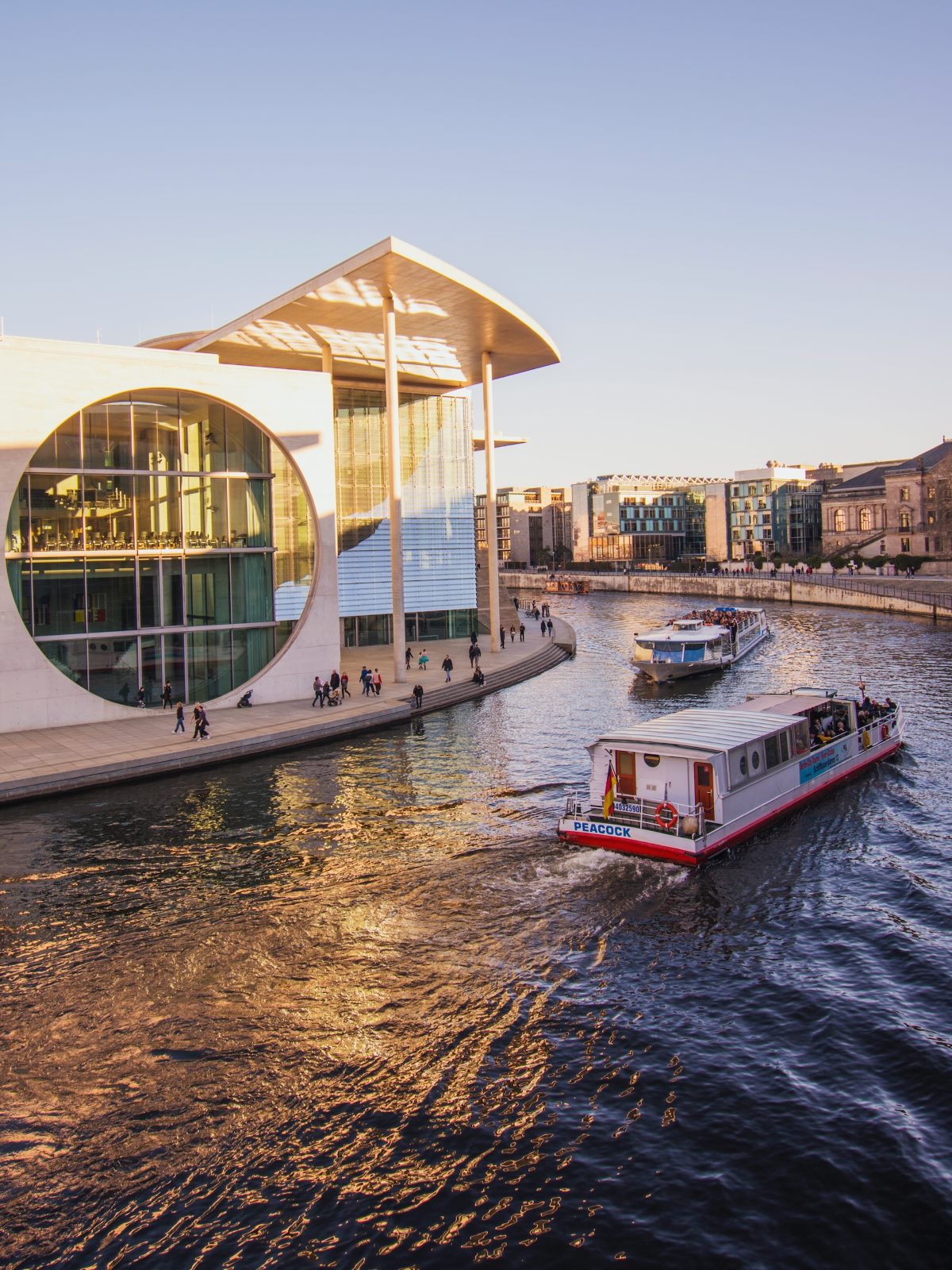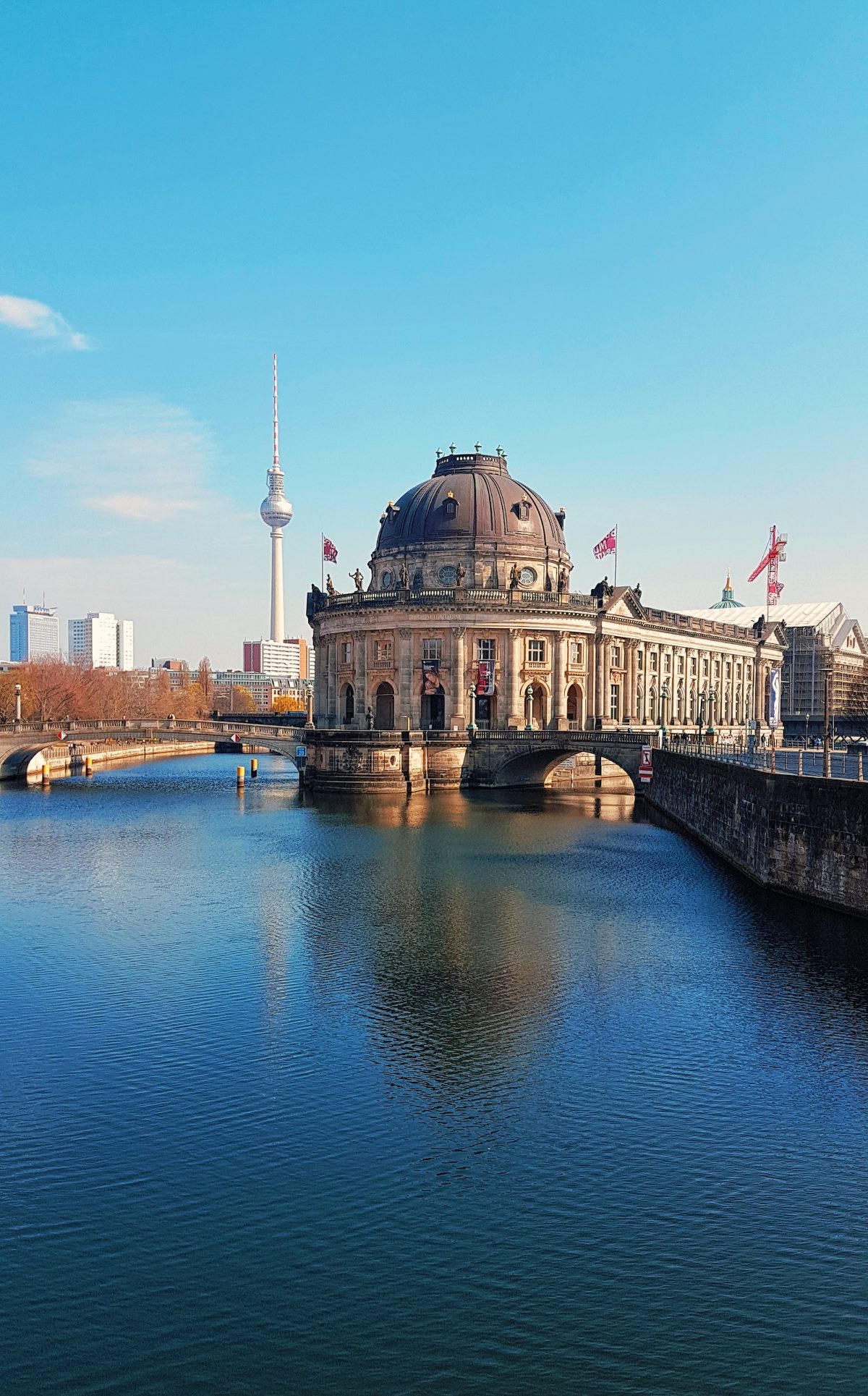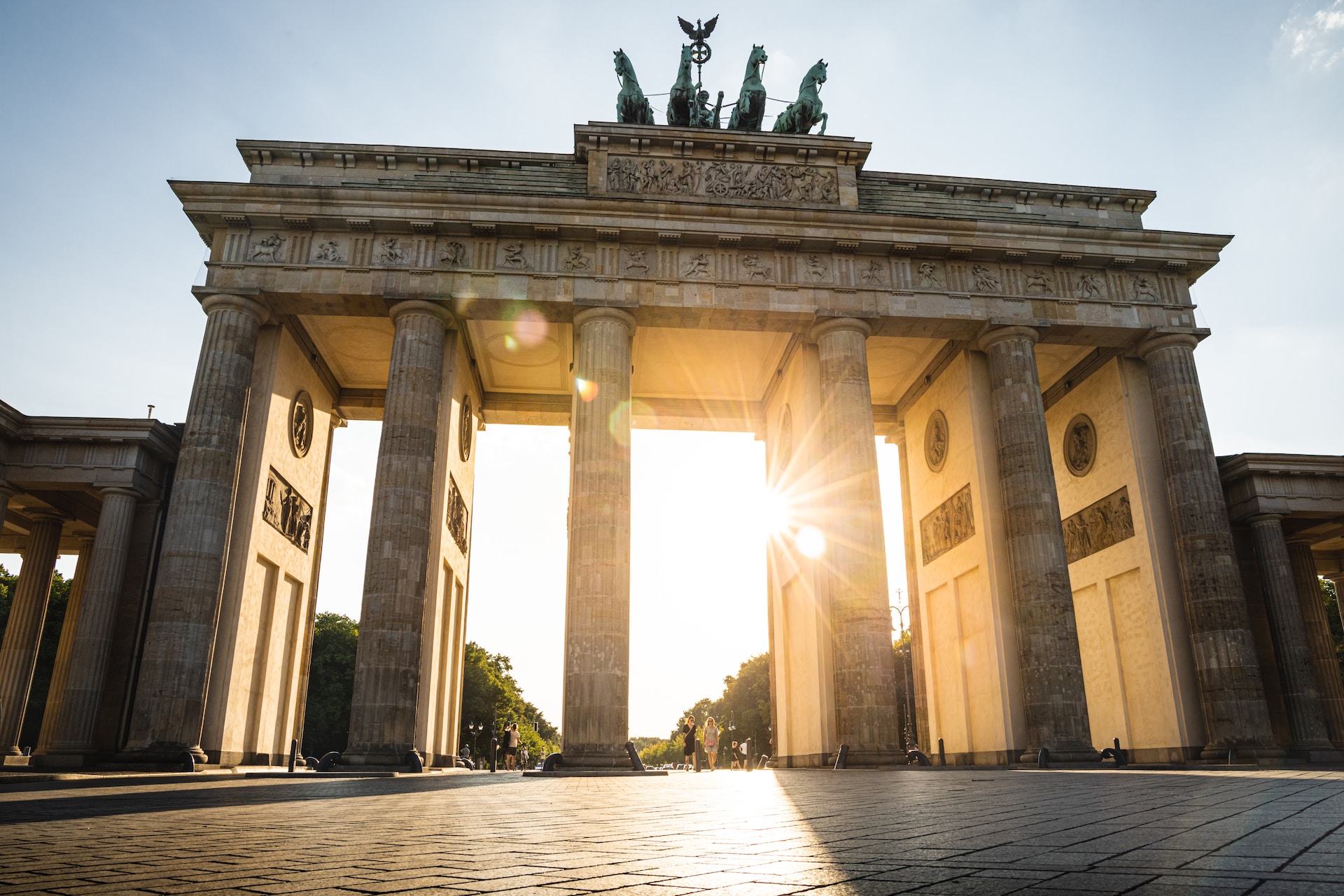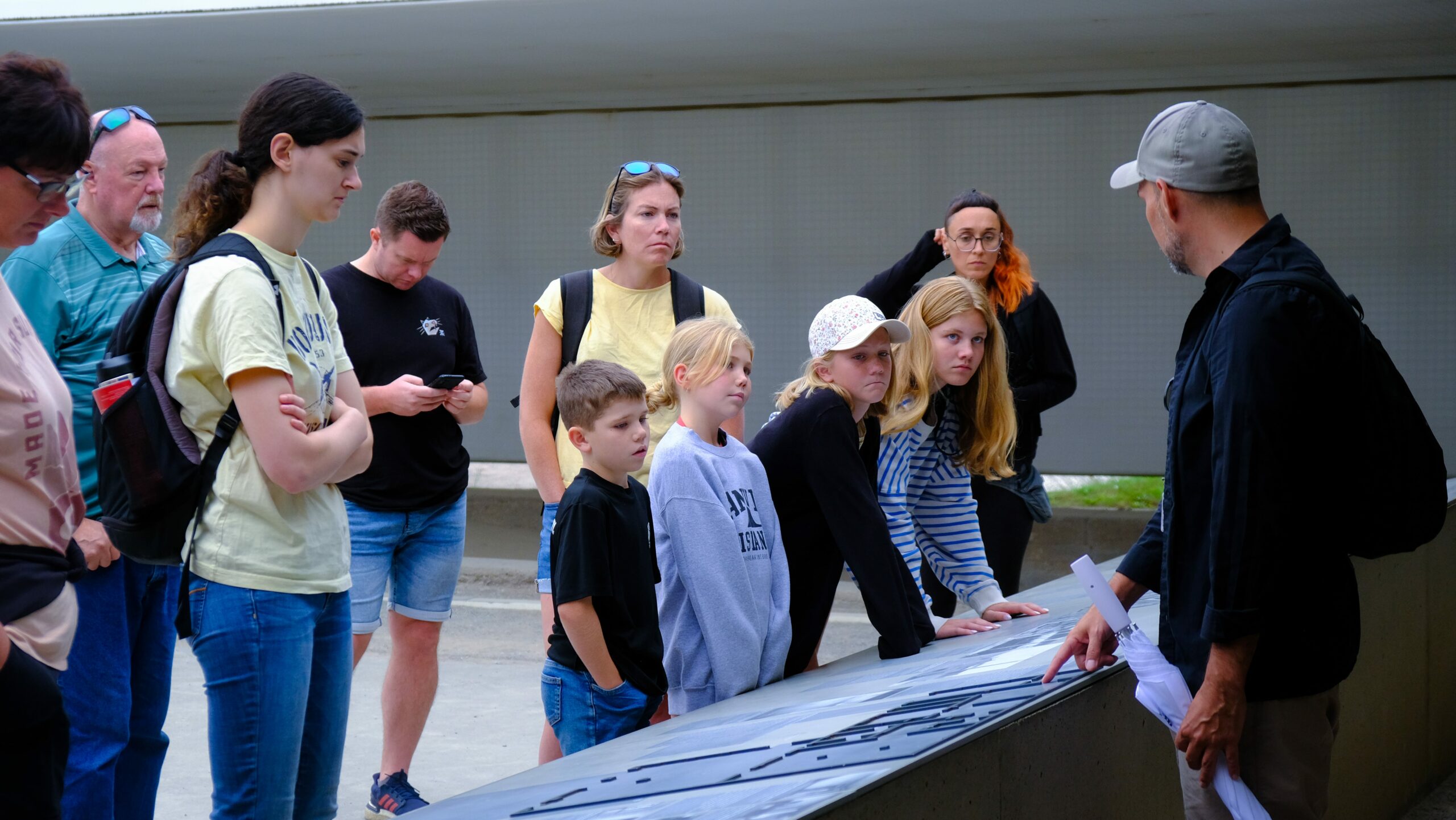Sachsenhausen Berlin Concentration Camp is one of the historical sites that depicts in graphic details of the holocaust events that took place in Germany. This camp was constructed in the early period of Hitler regime and was built in Oranienburg just outside Berlin and it was the key concentration camp that set a precedent for the rest. In this blog post about Sachsenhausen, it will be interesting to describe what really happened there and what is the history of this place, for the further understanding of historical timeline.
1. Origins and Construction
Sachsenhausen constriction started in 1936 when Himmler issued the constructions of new concentration camp near Berlin. It has selected the location based on the vicinity to the Nazis’ leader and Germany’s headquarters.
In the beginning, the Sachsenhausen was designed to hold political prisoners, mainly communists, socialists, and social-democrats, trade union members. Still, through the years the camp developed for other prisoners such as the Jews, Romani people, homosexuals, and Jehovah’s Witnesses.
2. Camp Features and Layout
Sachsenhausen was purposefully meant to intimidate the prisoners, debase them, and to dominate them. They divided the camp into three sections of equal triangle like structure which made it very easy for the guards especially the SS to monitor the whole camp.
The first one was named “The Appellplatz”, it was the roll-call square for prisoners who had to assemble three to four times per day. This square also turned out to be a place where prisoners were exposed to extremely severe weather conditions with incessant beating.
The second one, the administrative area contained the offices of the SS, some clinics, and other quarters of the camp head. Here, the operation was administered by the Nazis and it was also here that the prisoners were subjected to various experiments by the same.
The third section housed the barracks, to several numbered workshops, punishment room, a gas chamber and the crematorium. The prisoners were confined in congested and unhygienic conditions and forced to do hard work and lack enough food.
3. Life in Sachsenhausen
3.1 Prisoner Classification
Initially, the organization in Sachsenhausen meant sorting out the prisoners by their category right from the time they arrived. There were special and different appearances to each group in terms of clothing that defined them and set them apart from the other. They included political opponents, Jews, homosexuals, and other such people whom Hitler and his regime considered to be undesirable.
3.2 Forced Labor and Experiments
Sachsenhausen concentrated on the use of force, especially when concerning the prisoners. Inmates exercised in concentration camps through work in ghastly sections including arts, industries and construction. The forces and policies of the Nazis used the labor force of the Jews to achieve more of their goals regarding war machinery and enrichment.
Furthermore, what is important, the prisoners of Sachsenhausen suffered from the experiments carried out by Nazi doctors. People were operated on without anesthesia and used for testing which ended in death or incapacitation of the prisoners.
4. Liberation and Memorialization
The Sachenhausen concentration camp was liberated by Soviets on April 22, 1945 and at the time of the liberation there were approximately one thousand three hundred and fifty KZ inmates and other POWs remaining in the camp. However, life after liberation was not easy, many prisoners died because of exposed conditions they had to go through.
The location of Sachsenhausen was used as a Soviet Special Camp after WW II till the camp was finally shut down in 1950. Hence, it was transformed into a place which commemorated the suffering of the victims and the holocaust so that this tragedy would not be forgotten.
4.1 Visiting the Sachsenhausen Memorial Site
When going to sachsenhaussens memorial site, people should ensure that they gain the respect of the place and those who died during this period of injustice. There are also self-guided tours where one is taken through the passages giving a historical background and Lizzie’s story.
4.2 Lessons from Sachsenhausen
This is why Sachsenhausen symbolizes the fate of having allowed intolerance, discrimination, and systematic oppression. It is a parable that reminds the audience of the importance of preventing such senseless killings and fighting for people’s rights and equal rights for all.
Conclusion
The Sachsenhausen Berlin concentration camp is one of the brutal evidence of the holocaust that took place in the past. Historically and if memorized, it is a strong reference point to hatred, discrimination and power gone rogue with the ultimate destructive effect. It is only in the light of understanding these and other awful episodes which happened in the past that one can start trying for a better society where everyone is respected regardless of his or her origins or identity.
Table of Contents




